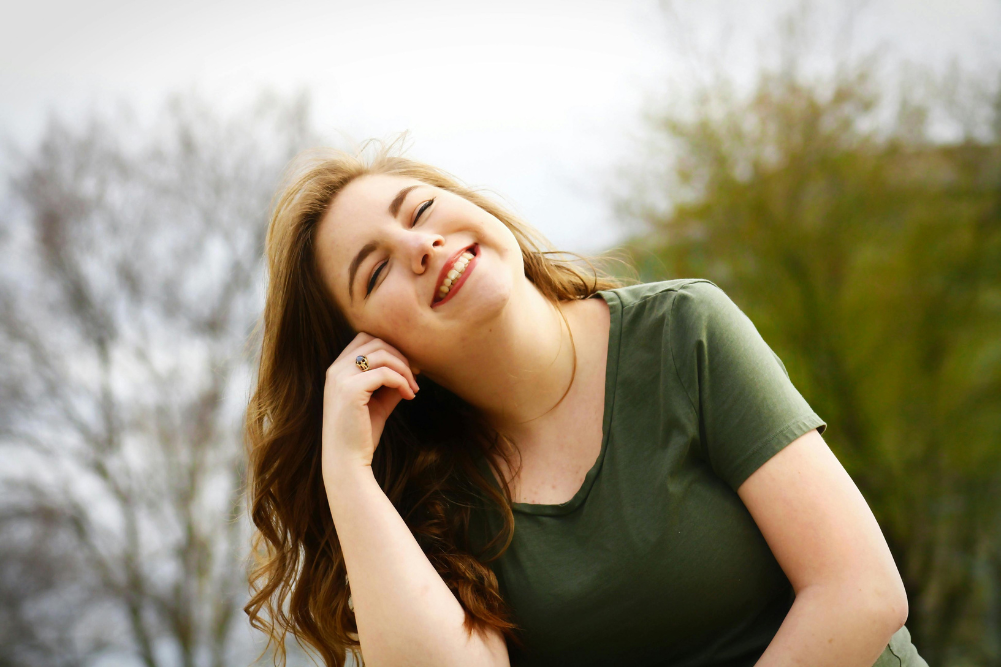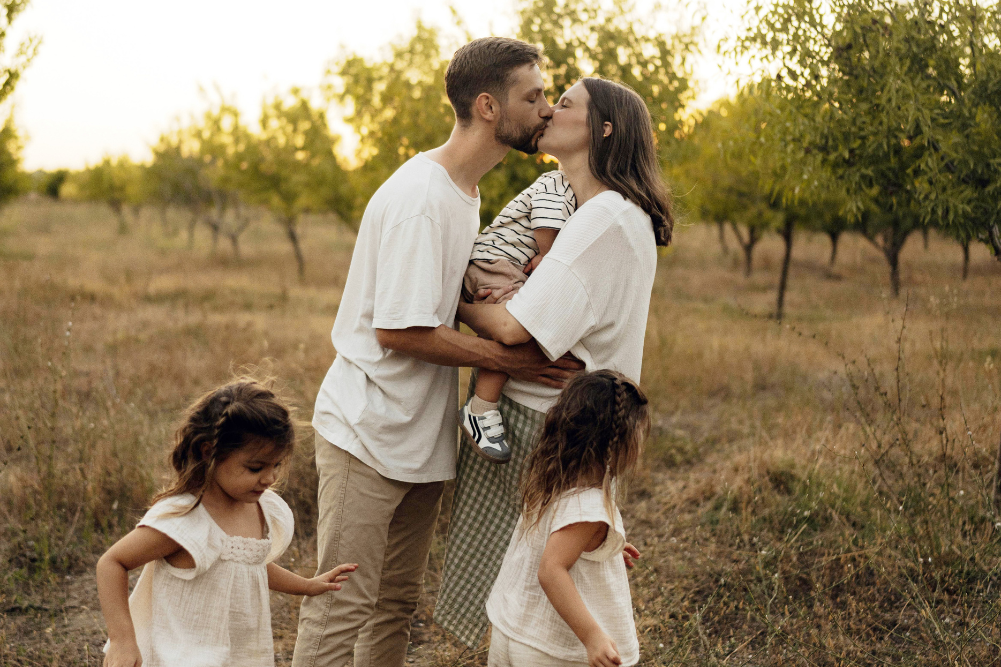Colour me happy
Our face can display a range of emotions through muscle movement. When we smile we are telling the world we are happy and when we frown we are showing that we may be upset or disappointed.
But we also show our emotions through colour!
Facial expressions are produced by the contraction of our muscles
But the surface of the face has a large network of nerves and blood vessels. When we are feeling a particular emotion the blood flows in these nerves at a varied rate causing them to colour up an in range of hues.
About 70 percent of the time people thought the faces colourised to look happy actually conveyed happiness.
But can people detect your emotion based entirely on colour even in the absence of any muscle activation?
To test this, scientists first took hundreds of photos of facial expressions. They then separated them into different colour channels that correspond to how humans see colour – red, green and blue-yellow channel.
Through computer analysis, the scientists found that emotions like happy or sad formed unique colour patterns and regardless of gender, ethnicity of colour tone, everybody displayed similar colour patterns expressing a particular emotion.
The researchers superimposed different emotional colours on photos of faces with neutral emotions – without smiles or frowns.
They showed these photos to 20 participants and asked them to guess what the person in the photo was feeling. They chose from a list of 18 emotions. The emotions included basic ones like “happy” and “sad” as well as more complex ones such as “sadly angry” or “happily surprised.”
About 70 percent of the time people thought the faces colourised to look happy actually conveyed happiness. They thought the faces colourised to look sad conveyed sadness 75 percent of the time and faces colourised to look angry were actually angry 65 percent of the time.
This showed that the participants perceived emotions even though there were no facial expressions.
Next the scientists showed the participants photos of faces with different emotions but they mixed up the colour on some images. For example a happy face had “angry” colour on it. The participants noticed this and knew there was something wrong with the images but were not too sure what it was.
The researchers used this information to develop computer algorithms that could detect emotions by colour. Given photos of people expressing emotions, the computer could match face colour to the emotion better that the study participants could.
Happiness was an easy emotion for the computer to detect and was recognised by colour alone with 90 percent accuracy.
Several emotions relating to happiness, such as “happily surprised,” came in second at around 85 percent.
Anger was detected by the computer via colour alone 80 percent of the time, and sadness 75 percent of the time.
Fear was recognized 70 percent of the time. The least recognizable emotion was “fearfully disgusted,” which was recognised only 65 percent of the time.
What is most amazing is that the brain deciphers the meaning of these colours in an instant. For example if we see a person with red cheeks and temples (with a bit of blue around the chin) we immediately think that person is happy.
This study proves that old sayings such as “blue in the face” or green around the gills” have some psychological truth to them.
There are touches of colour all over our face and will show up in different hues when we exhibit an emotion. It is a unique way that humans exhibit emotions and communicate through colours.
Source: Proceedings of the National Academy of Sciences








